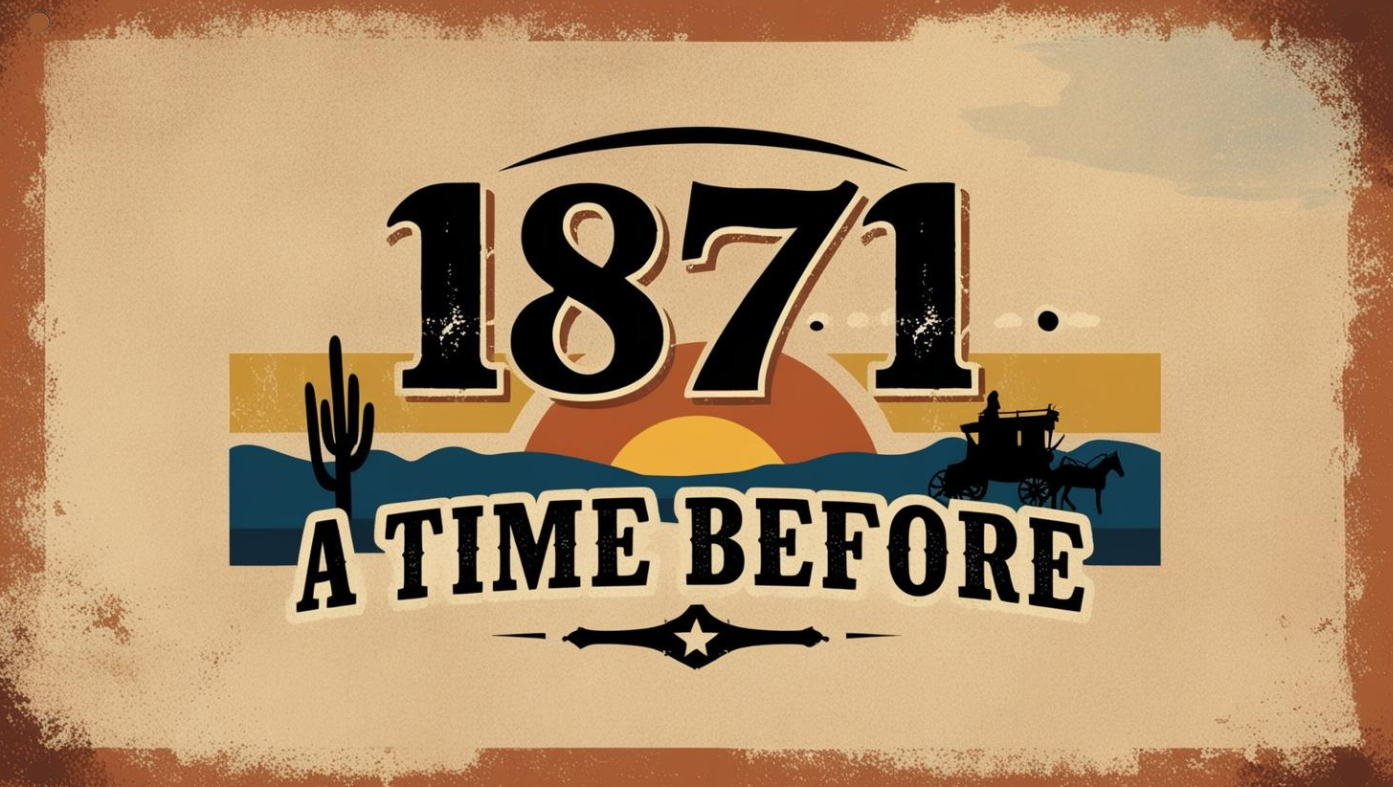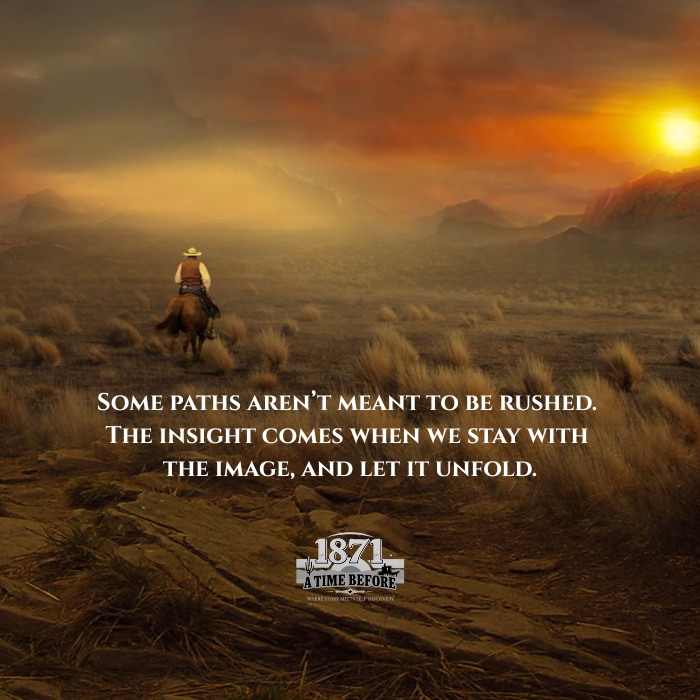As coaches, we’re trained to listen for themes, for patterns, for what’s not being said. But sometimes, the most powerful truths are being spoken aloud… just not literally.
- “I’m drowning.”
- “I’m carrying a weight that isn’t mine.”
- “There’s a door in me that won’t open, and I don’t know what’s behind it.”
These aren’t throwaway phrases. They’re metaphors; spontaneous, emotionally charged, and often far more revealing than explanations. And in my experience, it’s in these moments when a client shifts into image, that something real begins to move.
Why metaphor matters in coaching
Metaphors bypass the analytical mind and offer a direct route to emotion, memory, and meaning. They’re how the psyche speaks when it doesn’t feel safe (or ready) to be literal, so when a client says, “I’ve lost the map,” they’re telling you they feel disoriented, alone, or perhaps unprepared. What they need isn’t immediate strategy, it’s someone who’s willing to stand with them in the uncertainty. And when used well, metaphor becomes both mirror and compass, let me explain.
As a mirror, it reflects the emotional truth of a moment... not just what’s happening, but how it feels. When a client says "I'm walking through fog,” they’re not giving you scenery, they’re giving you sensation. The disorientation, the muted colours, the way familiar things lose their shape. The metaphor mirrors the mood, the meaning, and the unspoken fear beneath the surface.
But metaphor is also a compass. It doesn’t just describe where we are, it can hint at what might come next.
- A door might want to be opened.
- A fog might lift, or thicken.
- A weight might be put down.
- A map might be redrawn.
Inside every metaphor is a subtle directional cue, a choice, a possibility, a shift waiting to be named. And when we hold that metaphor with care, it starts to guide the session in ways logic alone cannot, and that’s what makes metaphor so powerful in coaching. It honours emotion while also inviting movement and it meets the client exactly where they are, and suggests where they might go.
How to work with metaphor practically in coaching
Here are three ways to coach with metaphor without forcing it, over-explaining it, or interrupting the client’s meaning:
1. Stay inside their metaphor
Don’t interpret, explore. If a client says, “I’m underwater,” ask things like:
- “What does it feel like there?”
- “Who (or what) is swimming alongside you?”
- “What happens if you stop swimming?”
Let them lead you deeper into the world they’ve built as it often knows more than they do.
2. Invite metaphor when language stalls
If a client says, “I don’t know how to describe it,” you might ask:
- “If it were a weather pattern… what would it be?”
- “What colour is it? What’s its texture? If it could speak, what would it say?”
- "If it had a rhythm, what would it sound like?”
You’re not looking for the ‘correct’ image. You’re helping them speak the unspeakable.
3. Anchor insights through metaphor
When change begins to stir in a coaching session it can be tempting to capture it in summary. But metaphor remembers in a way summaries rarely do.
If a client began the session saying, “I’m walking through fog,” don’t just track their cognitive progress, return to the image.
- “Earlier, you said you were walking through fog, what's the fog like now?
- “How far have you walked - and in which direction?"
- “What do you see now that you couldn’t before?”
By re-entering the metaphor, you allow the client to locate their transformation in a scene they created. They become the narrator of their own unfolding story and the metaphor becomes a kind of emotional geography. It maps not just where the client has been, but how far they’ve come, in language they will remember, and in imagery they can return to.
A brief walk through SageBrush Crossing
In my work, I often turn to story as a way of knowing; not to teach, but to surface what’s already stirring. And when I speak about metaphor, I often draw on the voices of SageBrush Crossing, a fictional frontier town where reflection takes its time, truth often travels in disguise and a place where story meets self-discovery.
There’s the poet, Tallulah Quinn, who writes in riddles. Mercy Dalton, the preacher, who listens longer than most. Millie,the saloon pianist, who plays what she can’t yet say. Each of them carries their own kind of knowing, and each offers a different doorway into the metaphors that shape us.
For example, Tallulah once wrote:
“Some truths arrive dressed as stories. Some knock at the door as riddles, waiting for someone to sit still long enough to listen.”
Her words remind me that some of the most important insights don’t arrive explained, they arrive imagined.
Try this: A few prompts for your practice
Next time a client offers an image, resist the urge to clarify it. Instead, ask:
- “If that metaphor could speak… what would it say to you now?”
- “What happens in this story if you change nothing at all?”
- "If you could stay with that image a little longer, what more might it reveal?”
- “What part of you chose that image?”
- “If we entered that scene together, where would we begin?”
Ready to explore the power of metaphor in a new way?
If this resonated, I invite you to wander a little further into the world of 1871: A Time Before, a story-led reflection tool built entirely on metaphor, place, and voice where story meets self-discovery. It’s a town full of untold truths, dusty crossroads, and characters who speak in images, not answers.
Whether you're coaching, journaling, leading, or simply listening differently, the metaphors are already waiting. Let the story begin. Let the story reveal.


